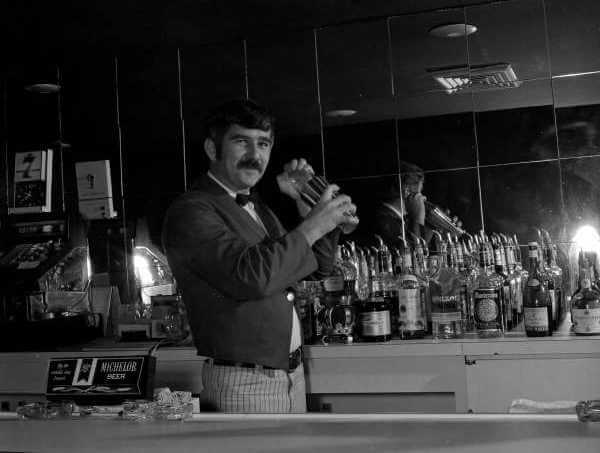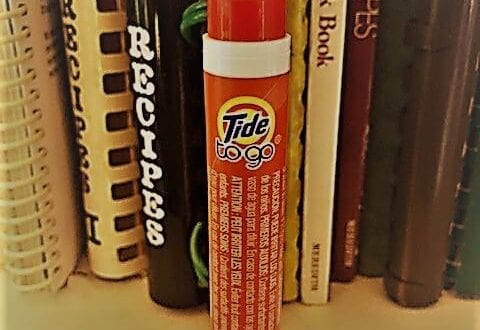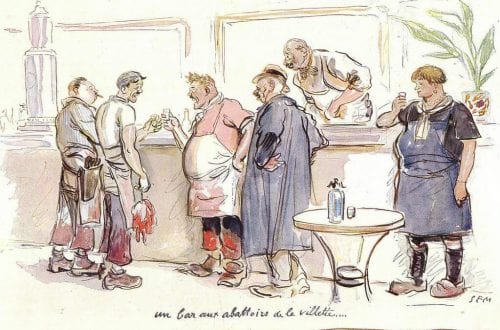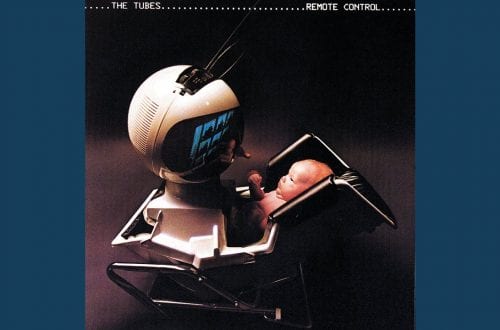
Cocktails Shaken or Stirred
When first learning about cocktails you have to decide which ones you’ll stir versus the ones you’ll shake. Some should always be shaken such as the Margarita, Amaretto Sour, and Mudslide. These drinks involve dairy, heavy fruit juices, or sour mixes, and can’t be combined properly with alcohol without hard shaking. Traditionally the Manhattan, Martini, and White Russian are easily combined with brisk stirring. You’ll discover that some bartenders choose to ignore these traditions for reasons of expediency or style. Ultimately, if a guest at your bar orders a Martini be shaken then that becomes the correct way to make it. Temperature and dilution are other factors to consider when it comes to shaking or stirring a cocktail.
Temperature
When you shake a cocktail it chills the drink twice as fast as stirring it. Gary Regan explains this brilliantly in his handy book The Joy of Mixology;
‘As a rule of thumb, you should shake a drink for between ten and fifteen seconds, or stir it for twenty to thirty seconds.’
He goes on to explain the ideal temperature for a chilling a drink is thirty-eighty degrees. If you’re dealing with non-chilled glassware, pack them full of ice and fill them with water until it overflows. As the water runs down the outside of the glass, it will speed its cooling. The book is a must-read for anyone learning the trade. Pick a copy up here.
Dilution
In chilling a cocktail it is important to remember the break down of ice and it’s effect on a drink’s ingredients and the palatability of the drink itself. Cocktails don’t necessarily need to be built to be as cold as possible. This applies to preparing hot drinks as well. We’ve covered this topic in a prior post which you can find here.
Now that you know more about shaking and stirring cocktails, strive to incorporate it into your personal style behind the bar.





